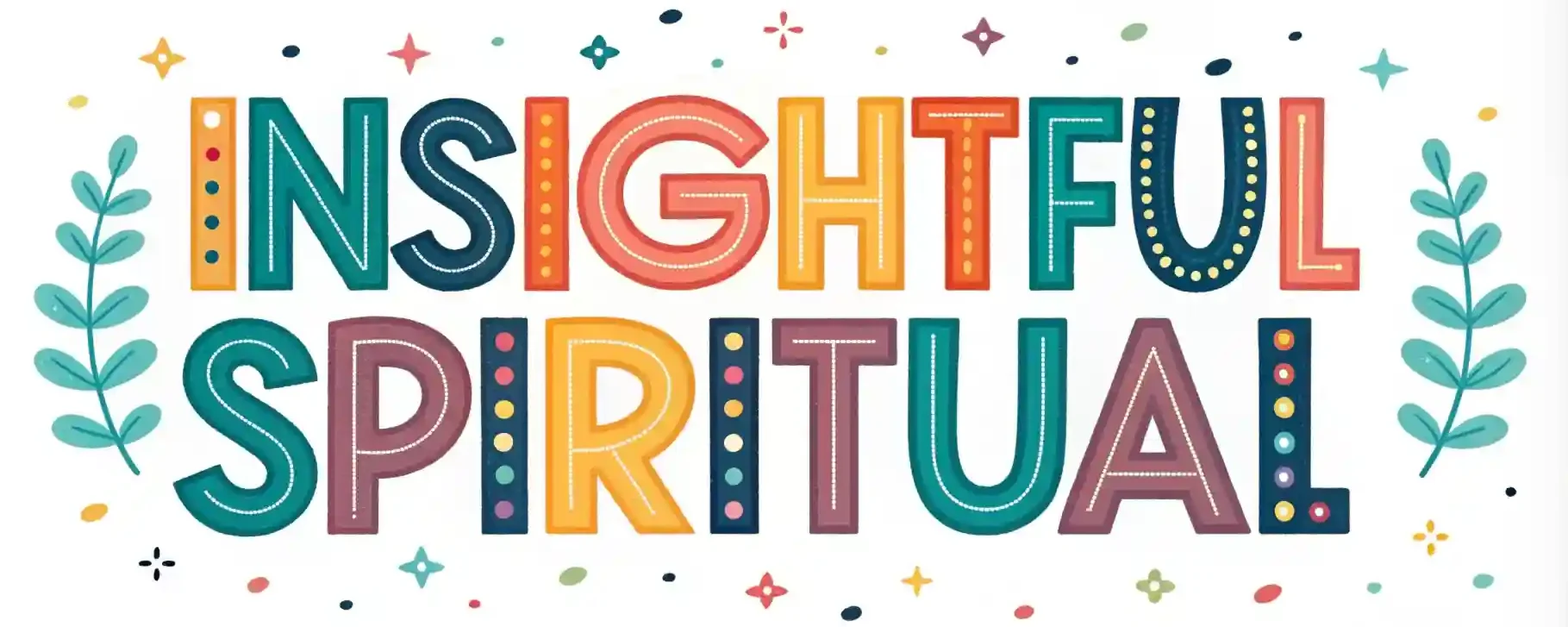Mindfulness Symbolism: Meaning and Modern Insights
You may see symbols like mandalas, lotus flowers, and Buddha images in mindfulness practices today. These symbols come from ancient traditions that are many years old. They are not just pretty pictures; they have real meaning. For example, mandalas can show unity, lotus flowers can represent growth, and Buddha images can stand for kindness. Knowing what these symbols mean can help you understand mindfulness better. They act as visual tools that help you focus your mind and find calm inside. By learning their history and how people use them today, you can find new ways to support your own mindfulness practice.
The Historical Roots of Symbols in Mindfulness Practicing
Symbols have been important in mindfulness practices for many years. They started in old spiritual traditions. Different cultures created symbols to show deeper meanings and connect with higher spiritual ideas. These symbols were often used in meditation or prayer. They helped people focus their minds and find peace inside.
For example, Buddhists used the lotus flower to show purity and growth. These symbols also reminded people of important lessons and helped them on their spiritual path. Over time, symbols spread beyond their original cultures. They came to stand for ideas like balance, growth, and connection that anyone can understand.
Learning about where these symbols came from shows how mindfulness has deep roots in shared human experiences and spiritual traditions.
Mandalas: Circles of Unity and Wholeness
A mandala is a circle with special patterns inside. It has been used in many cultures to show oneness and completeness. The designs are detailed and balanced. They help people focus and feel calm.
Different cultures make mandalas in their own way. For example, Tibetan Buddhism makes very detailed and symmetrical mandalas to help meditate. Native American designs often show nature and spiritual symbols.
These different styles show how mandalas are tools for mindfulness in many parts of the world. The circles in mandalas remind us that everything is connected. They show that we’re part of something bigger.
Lotus Flowers: Growth, Purity, and Enlightenment
The lotus flower is a strong symbol of growth, purity, and enlightenment. Many cultures and spiritual groups use the lotus in their traditions. When you think about the lotus during meditation, it helps you focus better. It can help you connect with your true self.
The lotus grows from muddy water and blooms beautifully. This shows how people can grow and find their inner light. Seeing the lotus reminds us that purity isn’t about being perfect. It’s about rising above problems with clarity and grace.
Using the lotus as a symbol can help you stay dedicated to your mindfulness practice. It encourages patience and resilience. The lotus’s meaning can give you a sense of belonging on your spiritual journey.
Buddha Figures: Symbols of Compassion and Wisdom
Buddha figures are symbols that show kindness and wisdom. They remind us to live mindfully and with care.
Looking at Buddha images can help us feel calm during meditation. They also inspire us to be kind to ourselves and others.
You can use these figures as simple reminders to stay wise and compassionate on your journey. To learn more, try these ideas:
- Notice how seeing Buddha figures makes you feel calmer when you meditate.
- Think about how they help you feel more caring toward yourself and others.
- Use them as easy pictures to remember wisdom and kindness each day.
Modern Interpretations and Uses of Traditional Symbols
People today see traditional symbols like Buddha figures in new ways. They use these symbols to help with personal growth and spiritual awareness. Many people place Buddha images in meditation spaces or use them in wellness products.
For example, shops might sell Buddha statues or paintings to create a calm, peaceful space. You can also find Buddha images in yoga studios or on mindfulness apps. These symbols show inner peace and kindness.
Businesses also use Buddha images in their branding. They put these pictures on logos or ads to show they value balance and being present. Using these symbols helps customers feel connected and trust the brand.
The Psychological Impact of Symbols on Mindfulness
Symbols like Buddha images can affect your mind without you realizing it. They create feelings that influence how you feel during mindfulness. These symbols connect with your subconscious, helping you feel calm, connected, and at peace.
Here are some ways they work:
- They make you feel good, helping you focus and relax easily.
- They boost your commitment to mindfulness by reminding you of your goals.
- They secretly help your mind feel peaceful and accepting of yourself.
Using symbols in your practice can make it easier and more meaningful. They support your journey to feeling calmer and more present every day.
Incorporating Symbols Into Personal Mindfulness Routines
Adding symbols to your mindfulness habits can make them more special and help you feel calmer. One way is to choose symbols that mean something to you. You can change them a little so they fit your needs. This makes your practice more personal.
For example, pick a small stone, a feather, or a picture that shows what you care about. Use these during your meditation or breathing exercises. Doing this helps you remember your goals and feel more connected to your practice.
Making symbols a part of your daily routine can make your mindfulness more fun and meaningful.
FAQs
How Do Cultural Differences Influence Mindfulness Symbol Interpretations?
Cultural differences affect how people see mindfulness symbols. Different cultures give different meanings to these symbols. This changes how you understand and see mindfulness practices. It’s important to know and respect these different views. By understanding others’ perspectives, you can connect better during mindfulness activities. This helps build shared experiences and stronger bonds across cultures.
Can Symbols Enhance Mindfulness Practices for Beginners Effectively?
Using familiar symbols can help beginners with mindfulness. These symbols, like simple images or signs, catch your eye and grab your attention easily. When you see them, they remind you to stay present and calm. Symbols can make it easier to focus during meditation or breathing exercises. They also create a feeling of connection, making you feel like you belong to a community of mindful people. Overall, symbols can be a helpful tool to make starting mindfulness simpler and more meaningful.
Are There Any Common Misconceptions About Mindfulness Symbols?
Many people think all mindfulness symbols are the same everywhere. But this is not true. Symbols can have different meanings in different cultures. Some symbols might be misunderstood if you don’t know where they come from.
It is important to learn about the history and meaning of each symbol. This helps you connect better with their real message. It also helps you avoid feeling left out or confused. Taking a little time to research can help you use mindfulness symbols in a respectful and meaningful way.
How Can Symbols Be Personalized to Deepen Individual Practice?
You can make symbols your own by choosing ones that are special to you. Pick symbols that remind you of your culture, your favorite things, or your personal experiences. When you do this, your connection to these symbols gets stronger. This makes your mindfulness practice feel more real and personal. Using symbols that matter to you helps you feel more connected to your practice and to yourself.
What Scientific Research Supports the Use of Symbols in Mindfulness?
Research shows that using symbols can help your mindfulness practice. Brain studies find that symbols make your focus stronger. They also help you connect with your feelings better. When you choose a symbol that matters to you, it creates a sense of belonging. This makes it easier to stick with your mindfulness routine. Using symbols can make your practice deeper and more meaningful.

Hi, I’m Aurelia Starfrost, your spiritual guide at InsightfulSpiritual.com. I love exploring ancient wisdom and modern practices to help you on your journey. With a focus on meditation and energy healing, I’m here to guide you to find solace within and discover your spiritual essence.







